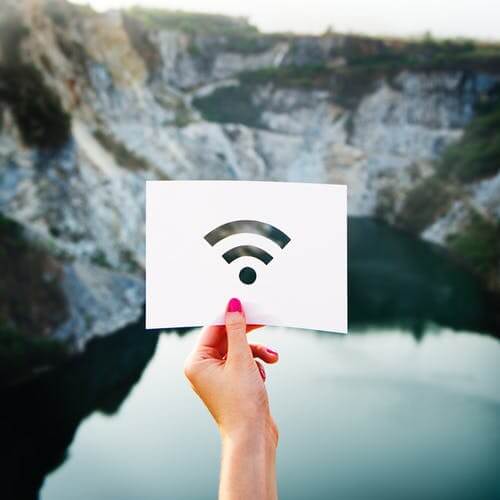What is Polio? What are the symptoms? And how does it spread?
Polio is an incurable and potentially debilitating and lethal 6,000-year-old disease. It is highly contagious and can be transmitted between infected humans through touch, exchange bodily fluids, and ingestion of contaminated food and fluids. Symptoms are classified between non-paralytic polio (minor), and paralytic polio (major). For non-paralytic polio, infected people can develop flu-like symptoms while others can get a measles-like skin rash that lasts ten to twenty days. For paralytic polio, symptoms can be either be similar to non-paralytic polio and gradually become more severe before the infected starts to develop floppy limbs and degradation of reflexes, or paralysis develops within a few hours after infection occurs.
The Philippines was previously declared Polio-free after efforts to eradicate the disease with vaccination and careful monitoring of the population but has recently resurfaced in 2019.
How Do You Protect Yourself?
Luckily, you can reduce the risk of being infected and actively contribute to its eradication by subscribing to these preventive measures:
Get Vaccinated
The most effective preventive measure is to get vaccinated for polio. Vaccines were used to eradicate the disease back then, and it took a long time and a lot of effort to educate, treat and build the trust needed to get the population to cooperate and enjoy its benefits.
The only reasons not to get vaccinated right away are either: you have a life-threatening allergy to the vaccine, or; you have a moderate or severe illness. In either case, you will still need to get advised by your physician or healthcare provider.
If you received all three or four polio doses as an infant, you can safely skip this step. As the parent of an infant who is yet to receive the doses, it would generally go like this:
· First at two (2) months old;
· Second at four (4) months old;
· Third at six (6) to eighteen (18) months old, and;
· Fourth at four (4) to six (6) years old.
If you haven’t received the vaccine as a child, you can receive it as an adult this way:
· First at any time;
· Second dose one (1) to two (2) months after the first, and;
· Third dose six (6) to twelve (12) months after the second.
Think of it like your computer’s anti-virus software: it helps prevent potential attacks from the online sources and infected files.
Get A Booster Shot
As an adult, if you feel you are at increased risk of exposure to the virus but have already finished getting the initial series of doses as a child or as an adult, you can take one lifetime booster dose.
Encourage Others to Get Vaccinated and/or Take the Necessary Booster Shots
This is a pro-active prevention measure that indirectly improves your chances of not getting infected by helping in the effort to eradicate the virus. This includes educating yourself on the disease, not spreading misinformation and encouraging others to get vaccinated if they haven’t already.
Avoid High-Risk Areas
High-Risk Areas are areas where Polio has not yet been declared as eradicated. You can check this online for a more up-to-date list, especially if you plan on traveling.

Proper Hygiene and Good Practices
Since infection can spread through contact with infected people or ingestion of infected food and drink, good hygienic practices like wearing face masks and some due diligence with cleaning the toilet seat you’re about to use could mean the difference between getting infected or not. Other good practices would include not sharing food and drink with potentially infected people.
Of course, it goes without saying but getting a proper healthcare provider is essential to help you cover the costs of all the shots and potential hospitalization you could experience should you become infected. Early detection is key so never miss an appointment with your doctor, and if you’re experiencing any of the symptoms, get checked up immediately. This could save your loved ones from getting the disease as well. For more details on an affordable healthcare plan that’s one of the most expansive, visit allcare.io.

Related Articles

Nov 14, 2019

Oct 26, 2019

Nov 09, 2019

Jan 16, 2023

Jul 25, 2019


